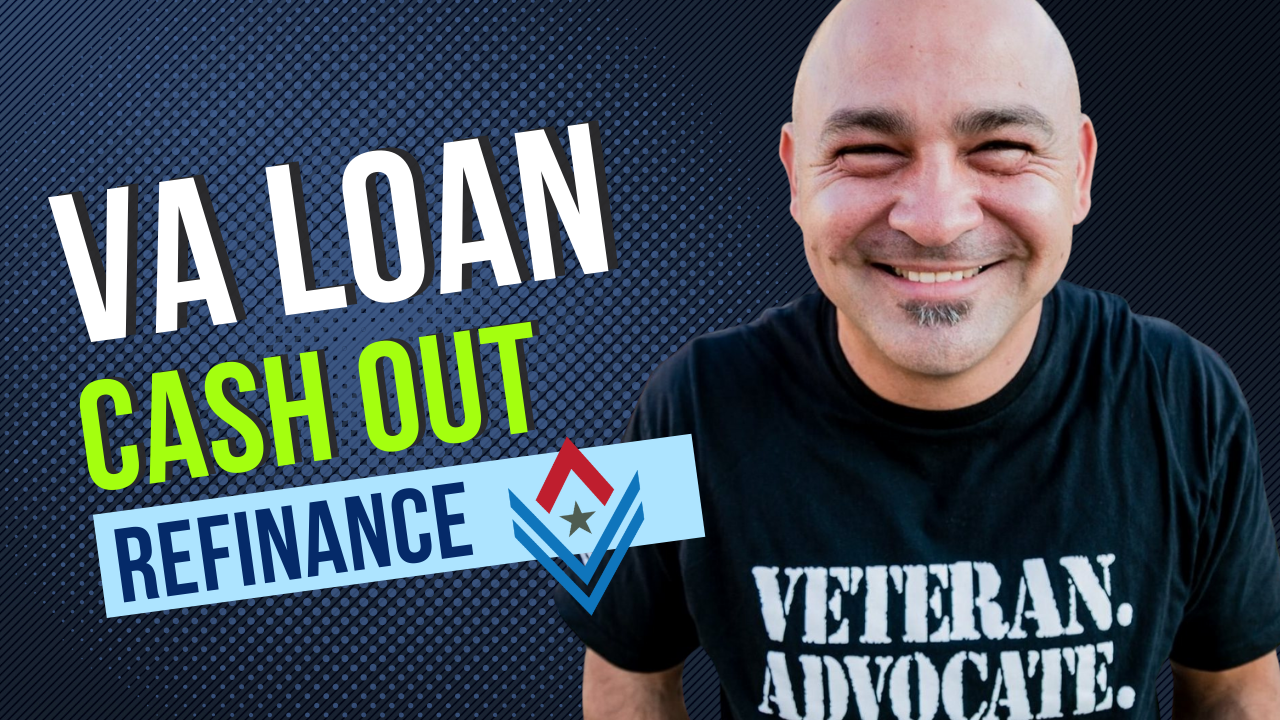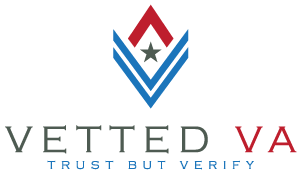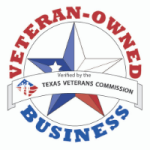VA Loan Refinance Options – an Overview
The VA cash-out refinance can be a powerful financial tool for veterans — when used wisely. It lets you tap into your home’s equity for things like debt consolidation, education, or major expenses. But as Vetted VA professional Leroy Romero explains, it’s not just about pulling cash out — it’s about making informed, math-based decisions that protect your long-term financial health.
What Is a VA Cash-Out Refinance?
A VA cash-out refinance allows eligible veterans and service members to replace their existing mortgage with a new one while taking out equity in cash. Unlike the VA IRRRL (Interest Rate Reduction Refinance Loan), this loan can change your loan amount, term, and even rate type.
It’s open to anyone with VA loan entitlement — even if your current loan isn’t a VA loan.
How the VA Cash-Out Works for Veterans
Here’s what happens during a typical cash-out refinance:
-
Your new loan pays off your current mortgage.
-
You can borrow against your home’s equity, up to a certain loan-to-value limit.
-
You receive the difference in cash at closing.
Common uses include:
-
Paying off high-interest credit cards or personal loans.
-
Covering college or medical expenses.
-
Funding home improvements or repairs.
“It’s about using your home equity for a purpose that moves you forward,” Romero said. “Not treating your house like a credit card.”
Loan-to-Value Limits and the 2019 Rule Change
For many years, veterans could refinance up to 100% loan-to-value (LTV). But in October 2019, Ginnie Mae tightened its guidelines due to concerns over loan “churning” — lenders repeatedly refinancing borrowers for profit.
That change introduced Loan-Level Price Adjustments (LLPAs):
-
Most lenders now add up to a 1.75–2% fee for VA cash-out loans exceeding 90% LTV (including the VA funding fee).
-
Loans at or below 90% LTV usually avoid this extra cost.
This adjustment means borrowers should run the numbers carefully before going over 90%.
“Ask yourself if it makes financial sense,” Romero advised. “If the goal is to pay off 22% credit card debt, the math might still work. But if it doesn’t, stay under 90% LTV.”
Funding Fees and the Real Cost of Cashing Out
Every VA cash-out refinance includes a VA funding fee, which helps sustain the loan program.
According to the VA Lender’s Handbook (VA Pamphlet 26-7, Chapter 8):
-
The funding fee for most veterans using a cash-out refinance is 2.15% for first use and 3.3% for subsequent use.
-
Veterans with a service-connected disability of 10% or higher are exempt from this fee.
“Always do the math,” Romero emphasized. “A 3% fee might sound high, but compared to 25% credit card debt, it’s often a financial win.”
Restoration of Entitlement for Cash-Out Refinances
If you currently have a VA loan and want to refinance, the process includes a one-time restoration of entitlement.
Here’s how it works:
-
Your existing VA loan is paid off.
-
Your entitlement is restored automatically when the new loan closes.
-
The new loan becomes your active entitlement for future VA use.
If your property is free and clear, however, you can’t use the VA cash-out option unless there’s an existing lien on the property.
When a Cash-Out Refinance Makes Sense
A VA cash-out refinance can make sense when:
✅ You have high-interest revolving debt (like credit cards at 20–29%).
✅ You want to consolidate installment debt to improve cash flow.
✅ You plan to invest in your home through needed improvements.
✅ You’re leveraging your equity strategically, not spending it.
Leveraging Mortgage Debt Wisely
Romero cautions that a VA cash-out refinance isn’t “free money.”
“Good debt is a powerful tool, but bad debt can destroy your financial stability,” he explained.
Think of your home equity like your 401(k) — something to grow and protect. Used wisely, a cash-out refinance can free you from high-interest debt and build long-term wealth. But if spending habits don’t change, no refinance can fix that.
Key Takeaways from Leroy Romero
-
VA cash-out refinances are still available up to 100% LTV, but most lenders limit to 90% without penalties.
-
Always consider the cost versus the benefit — including LLPAs and funding fees.
-
Veterans with 10%+ disability ratings pay no funding fee.
-
Use equity for financial progress, not for lifestyle spending.
-
“The path is math” — always calculate before you commit.





